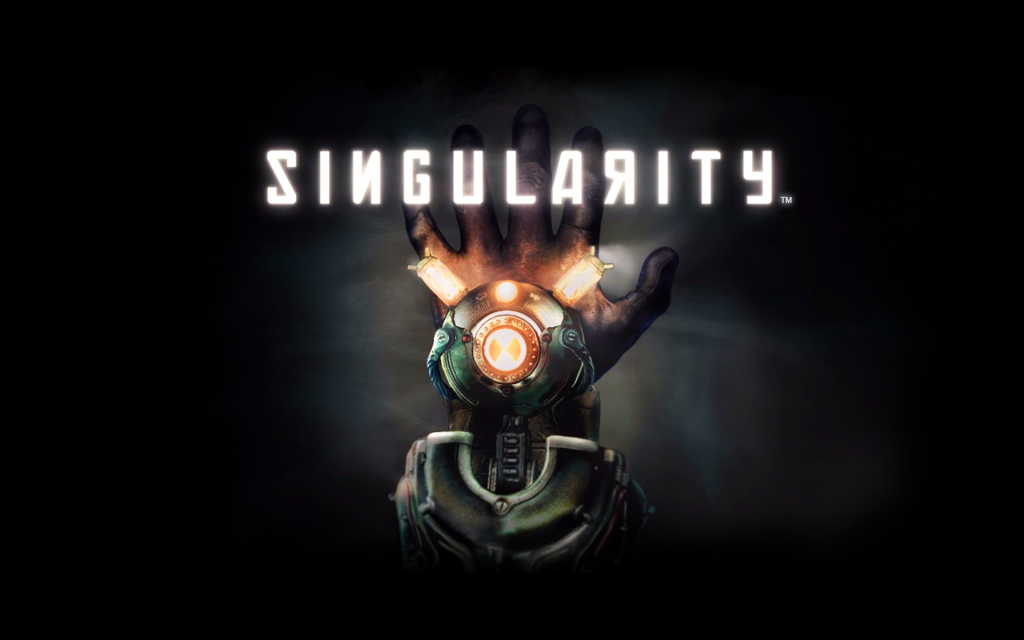Mise-en-Scène Analysis
Part01:
- Settings & Props
This scene is filled with chemical elemements and science photos, which shows the audience that it is a chemistry experiment class. Through these settings people can realize that characters are all students.
- Costume, Hair & Make Up
All characters in this scene wear goggles, which shows that they are doing experiments.
- Facial Expressions & Body Language
Character A(first male fox) is focusing on the experiment. However, his partner, character B(first female fox), looks inattentive and keeps looking at her right side, which shows that something on the right side attracts her. Character D(beaver) has more body language, which makes this character look more naughty.
- Lighting and Colour
Warm soft light covers the whole scene, which makes the scene calm.
- Positioning of characters/objects within the frame
Character A and B stand together behind a desk, which shows that they are partners, so do other two characters.
- What role does the shot choice (Cinematography) play in the scene.
The first shot shows the scene location(laboratory). The second shot, which is a medium shot, faces charactor A and B, which shows that their status are equal.

Then the camera moves to the right to show other two characters. After the explosion, camera becomes a more emotional medium close-up shot and focuses on character B and C, which shows that their relationship becomes closer.


Finally camera turns back to medium shot and focuses on character A and B, making the shot becomes calm again.
Part02:

- Can you describe the mise-en-scene in this picture? How are the characters placed in the frame?
Mise-en-scene: Two charactors, one male and one female, lying on a bed in a room . Their wearing and hairstyle shows that the male is much older than the female. A pair of slippers is on the carpet. The light in the room is warm and blurry.
The props, like bed and slippers, for example, show that these two characters are at a hotel. The slippers show that only one people lives in this room, one of them must be a stranger. The bed is clean and neat and bed throw has not been removed, which shows that this is their first night.
Characters are placed in the middle of the long shot. They look a little nervous and tired. It seems that they are thinking of something. The woman crosses her arms in forn of her chest, which show that she is at a loss.
The warm soft light makes the atmosphere ambiguous.
Part03:

- Can you describe the relationship between the characters?
Rebecca is the new hostess and Mrs. Danvers is the housekeeper. It seems that the relationship between Rebecca and Mrs. Danvers is a little awkward. They are not quite familiar with each other. Mrs. Danvers looks not quite enthusiastic, which makes Rebecca feels scared and uncomfortable.
- How do we know what the relationship is?
- Can you describe how the mise-en-scene works together to tell us what the relationship is?
From their costumes and hair style, we can find out that Rebecca is the hostess and Mrs. Danvers is her housekeeper. What’s more, Mrs. Danvers has a poker face and a calm voice, which shows that she is not quite interested in Rebecca. It is obviously that Rebecca feels afraid of Mrs. Danvers, because her actions are quite nervous and unnatural. The camera also shows their relationships. Mrs. Danvers is at a higher level compared with Rebecca and the camera, which gives the audience a great sense of oppression. Most of the light is facing Rebecca and only a small part of light illuminates Mrs. Danvers’ face, which shows that their relationship is not quite peaceful.
Part04:

- Can you describe the mise-en-scene in this picture?
Props: the character is surrounded by low-rise buildings, telephone poles and people who wear robes and scarf with dense beard. All these props show that she is at somewhere in Egypt or Iran.
Costume: the girl wears a red scarf on her head and a green/yellow clothes, and carried a bag on her back. Her costume is quite different with other people, which shows that she is quite special.
Facial expression: the girl looking around on the street, looks quite nervous and worried.
Light: natural warm light, which shows that the girl is outside.
Color: The main color of this scene is red, brown and yellow. The scene uses a lot of unbright colors and the only bright color is the girl’s red scarf, which seperates the girl with other people and shows her speciality.
- What type of shot is it?
A medium shot
- What is the camera angle?
Eye level shot
- Where is the character located in the frame?
The character is at the middle of camera, walking on a street which has old buildings on both sides.
